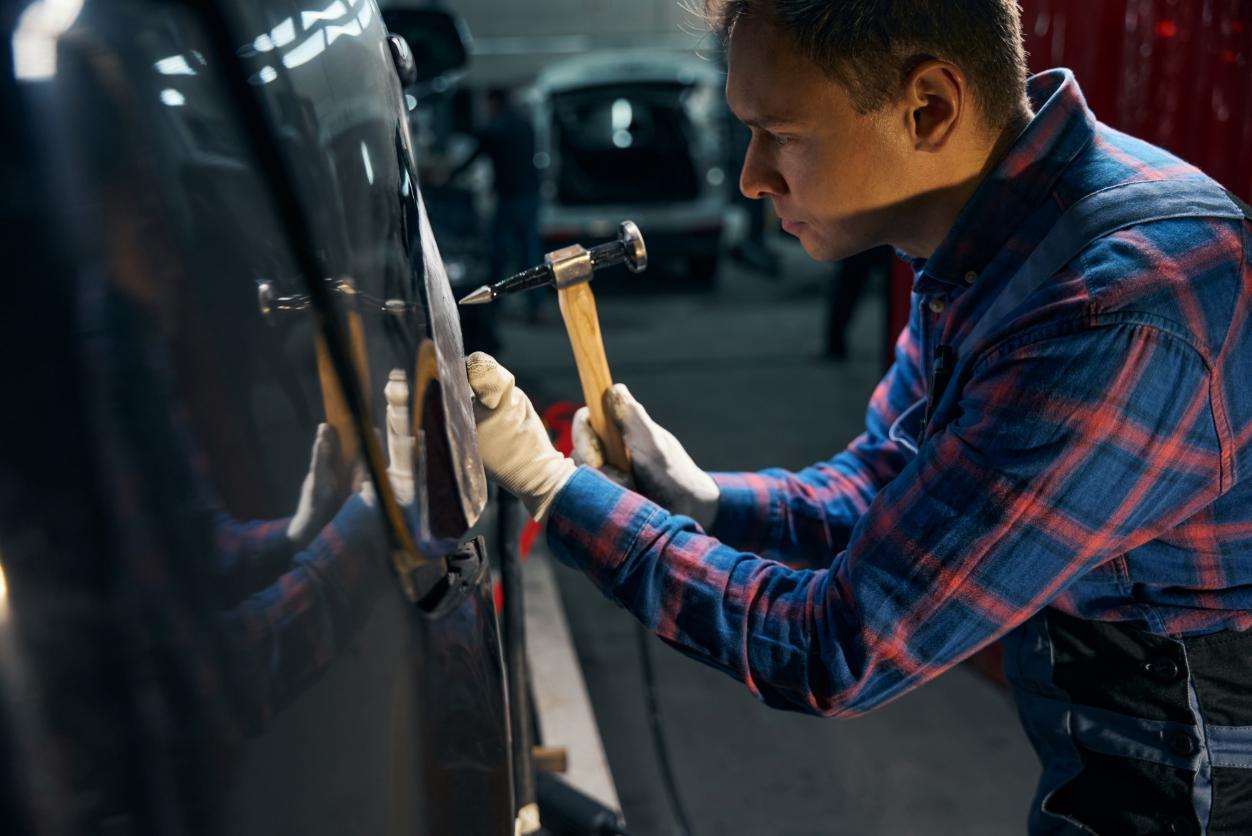Blog

The holiday season unfortunately brings a significant increase in vehicle collisions. As Western North Carolina's trusted collision repair experts, we at First Aid Collision see firsthand how the combination of increased traffic, winter weather conditions, and holiday stress can lead to accidents that disrupt what should be a festive time of year.
In this guide, we'll share practical collision prevention strategies to help you navigate holiday travel safely, whether you're driving across town for shopping or across the state to visit family. We'll also provide guidance on what to do if you experience a collision despite taking precautions.

When you're involved in a collision, the damage to your vehicle often extends beyond what's visible to the naked eye. One of the most critical components that can be affected is your vehicle's frame – the structural foundation that keeps you safe on the road.

Your vehicle's paint does much more than just make your car look good. It also serves as a protective barrier between your car's metal body and the elements that can cause corrosion and rust. Over time, exposure to sunlight, rain, snow, road salt, and other environmental factors can damage your car's paint, making it look dull and potentially exposing the metal underneath to corrosion.
Whether you're considering a fresh coat of paint to restore your vehicle's appearance after an accident, protect it from further damage, or simply give it a new look, timing your paint job right can make a significant difference in the quality and longevity of the finish. In this guide, we'll explore the best times to paint your car, considering seasonal factors, preparation requirements, and other important considerations to ensure you get the best results possible.

When you own a luxury vehicle, finding the right auto body shop after a collision or for cosmetic repairs isn't just about fixing damage—it's about preserving both your investment and the driving experience that made you choose a high-end vehicle in the first place. Luxury car repair requires specialized knowledge, equipment, and expertise that not all collision repair shops can provide.

Electric vehicles are rapidly transforming the automotive landscape in Western North Carolina. As more Tesla Model Y's, Ford Mustang Mach-E's, and other electric vehicles navigate the winding roads around Asheville, Brevard, and Hendersonville, collision repair shops must adapt to serve these technologically advanced vehicles. Unlike traditional gas-powered cars, electric vehicles require specialized knowledge, equipment, and safety protocols that go far beyond conventional auto body repair.